NASA’s OSIRIS-REx probe, which just arrived at the asteroid Bennu last week, has already found lots of hydrated minerals on the space rock, mission team members announced today (Dec. 10).
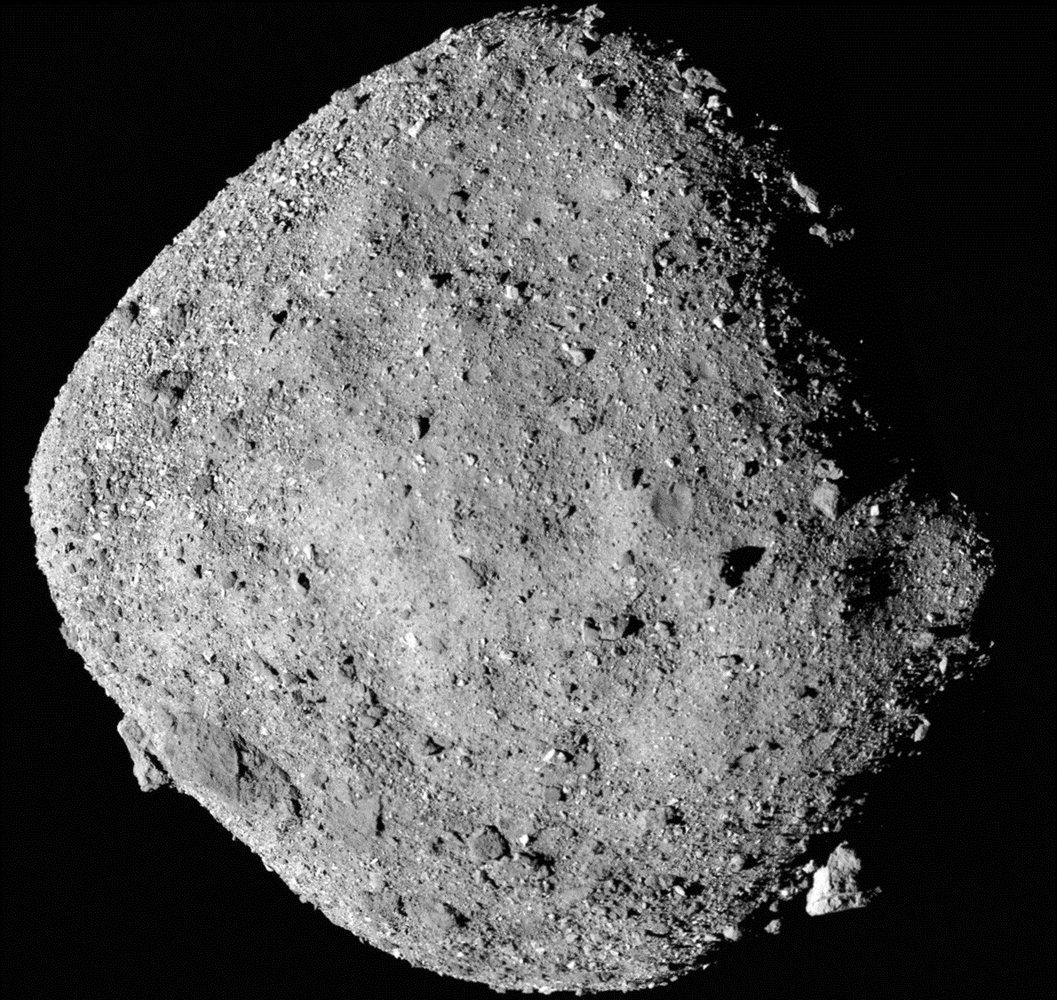


According to Nature, researchers at the University of Brisbane may have developed a simple test that’s able to detect the early stages of cancer.
Not only that but the method is inexpensive, takes a mere 10 minutes, and works for all types of cancer — and the central component used for identifying cancer cells is gold particles.

We’re taught at school that energy can’t be created, merely converted from one form to another. But at the birth of the Universe – that is, everything – the energy needed for the Big Bang must have come from somewhere. Many cosmologists think its origin lies in so-called quantum uncertainty, which is known to allow energy to emerge literally from nowhere. What isn’t clear, however, is why this cosmic energy persisted long enough to drive the Big Bang.
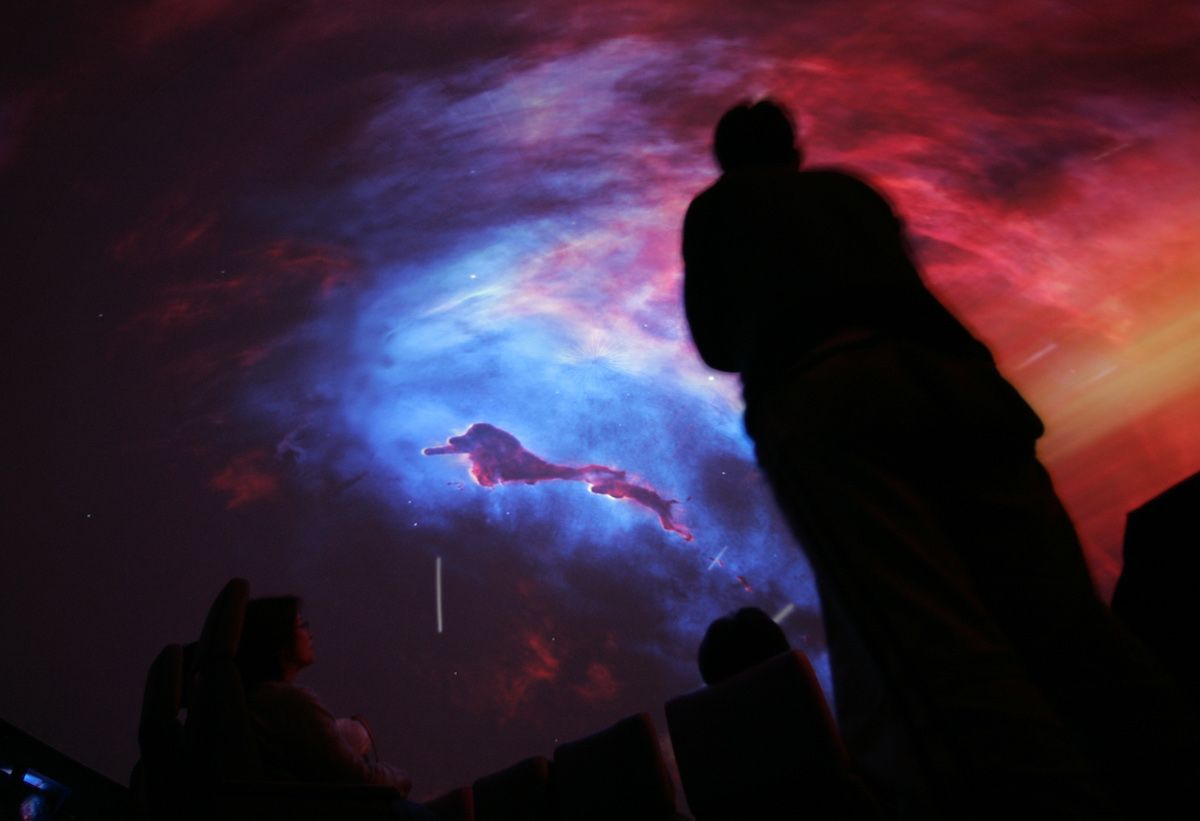
When the Technological Singularity arrives, you can’t even imagine what the future will hold afterwards. Just ask author Vernor Vinge.
A five-time Hugo Award-winning author (among various other awards and accolades), Vernor Vinge has been writing and speculating about AI and intelligence amplification for over half a century. As part of his storied career, an interesting anecdote concerns a rejection letter he received from legendary science fiction editor and publisher John W. Campbell, Jr.
Early in his career, Vinge had proposed a story about a human being with amplified intelligence and (as Vinge relates in his short story collection) Campbell wrote him back with the comment, “Sorry — you can’t write this story. Neither can anyone else.” Jump forward a few decades, and Vinge delivered a paper to NASA entitled The Coming Technological Singularity in which he foresaw a moment when artificial intelligence will develop exponentially until it reached a point that surpasses humanity’s ability to comprehend. It is intelligence so far superior that we can’t even imagine what it would be like. And then what?

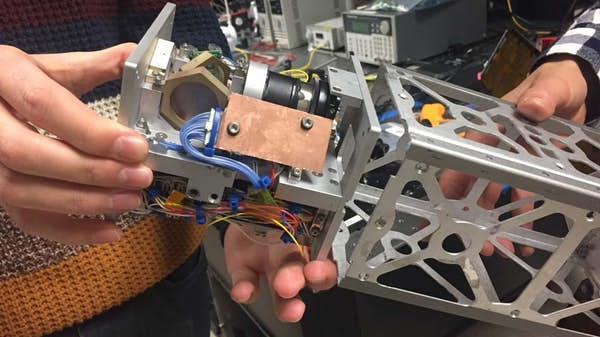
An MIT team is working on a new aiming system that will allow CubeSats to use lasers for high-bandwidth communications with Earth. The new laser-pointing platform uses a second directional beam to keep the primary data beam on focus, allowing the CubeSat to transmit large amounts of data without the need for heavy antennae or wasting propellant.
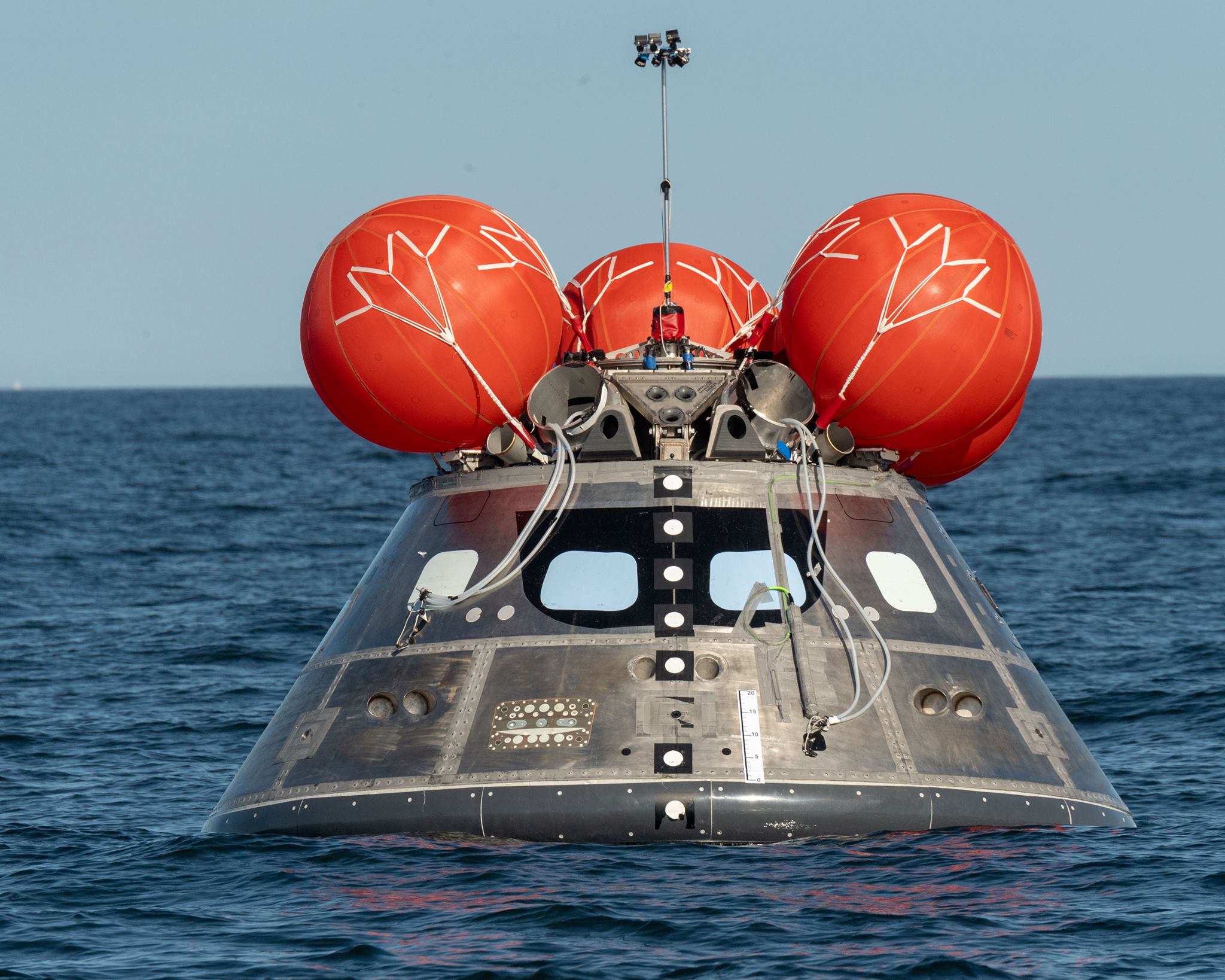
Splashdown. Our engineers are testing the airbags to ensure they deploy and keep the spacecraft upright when it splashes into the ocean — even through rough waves or high winds. Dive in: https://go.nasa.gov/2Ek4ttf
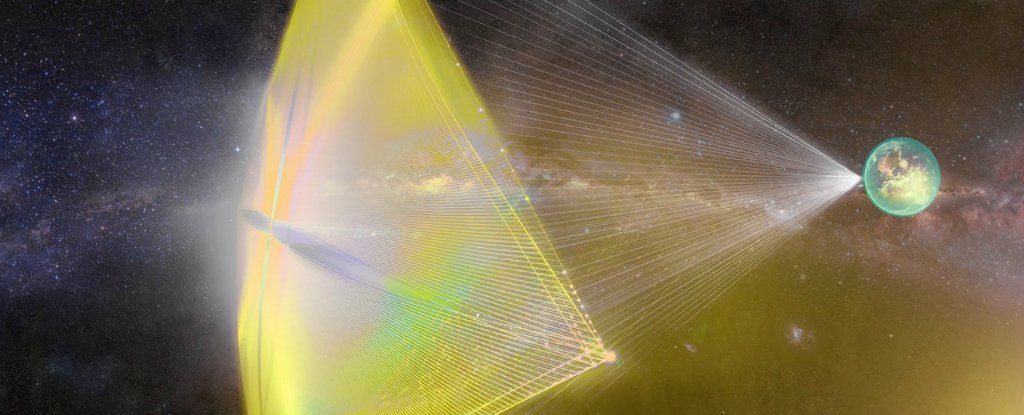
An initiative called Breakthrough Starshot wants to explore another star system using ultra-powerful laser beams and wafer-thin spaceships.
It’s a goal that sounds so fantastic, you’d be forgiven for dismissing it as science fiction. But it’s no joke, and the project’s chief engineer says millions of dollars’ worth of work is moving along without any major snags.
Starshot’s founders and collaborators include the late Stephen Hawking, Harvard University astronomer Avi Loeb, and Russian-American billionaire Yuri Milner. The concept is based on more than 80 scientific studies about interstellar travel.
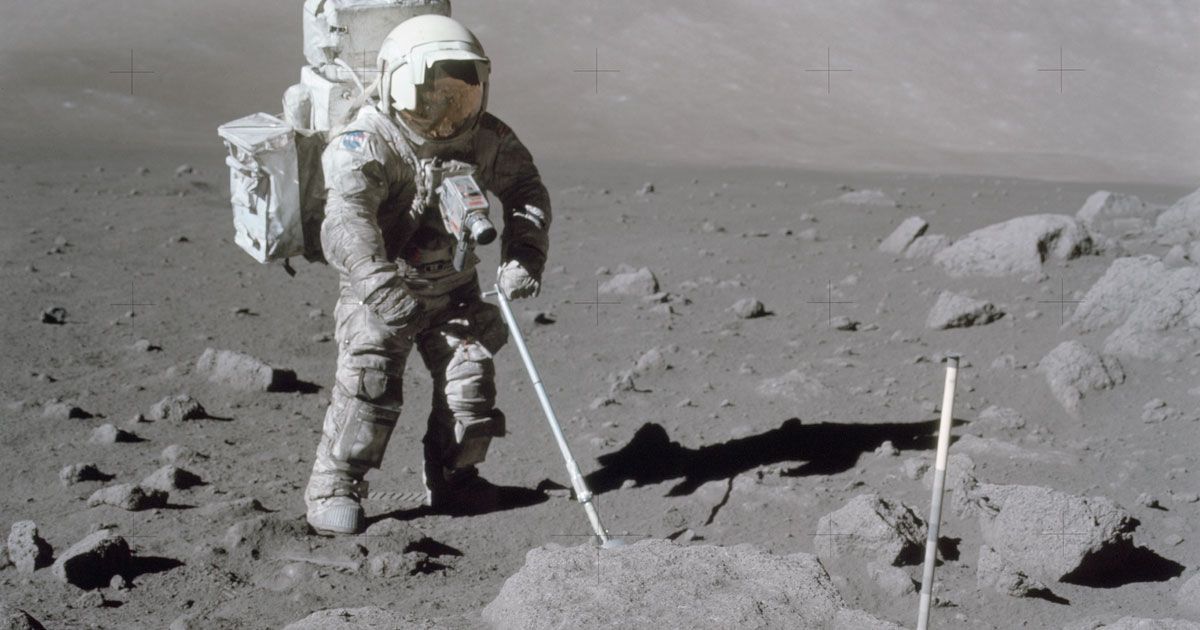
Space agencies are working hard to get humans back to the surface of the Moon. But it’s not exactly the most inviting place.
Astronauts during the Apollo 11 mission in 1969 may not have had any health incidents while they were gleefully bouncing around on the lunar surface, as a NASA mission report from the time points out. But they knew that lunar dust wasn’t their friend — it could irritate their lungs, cause their Moon buggies to overheat — it even started degrading their spacesuits.
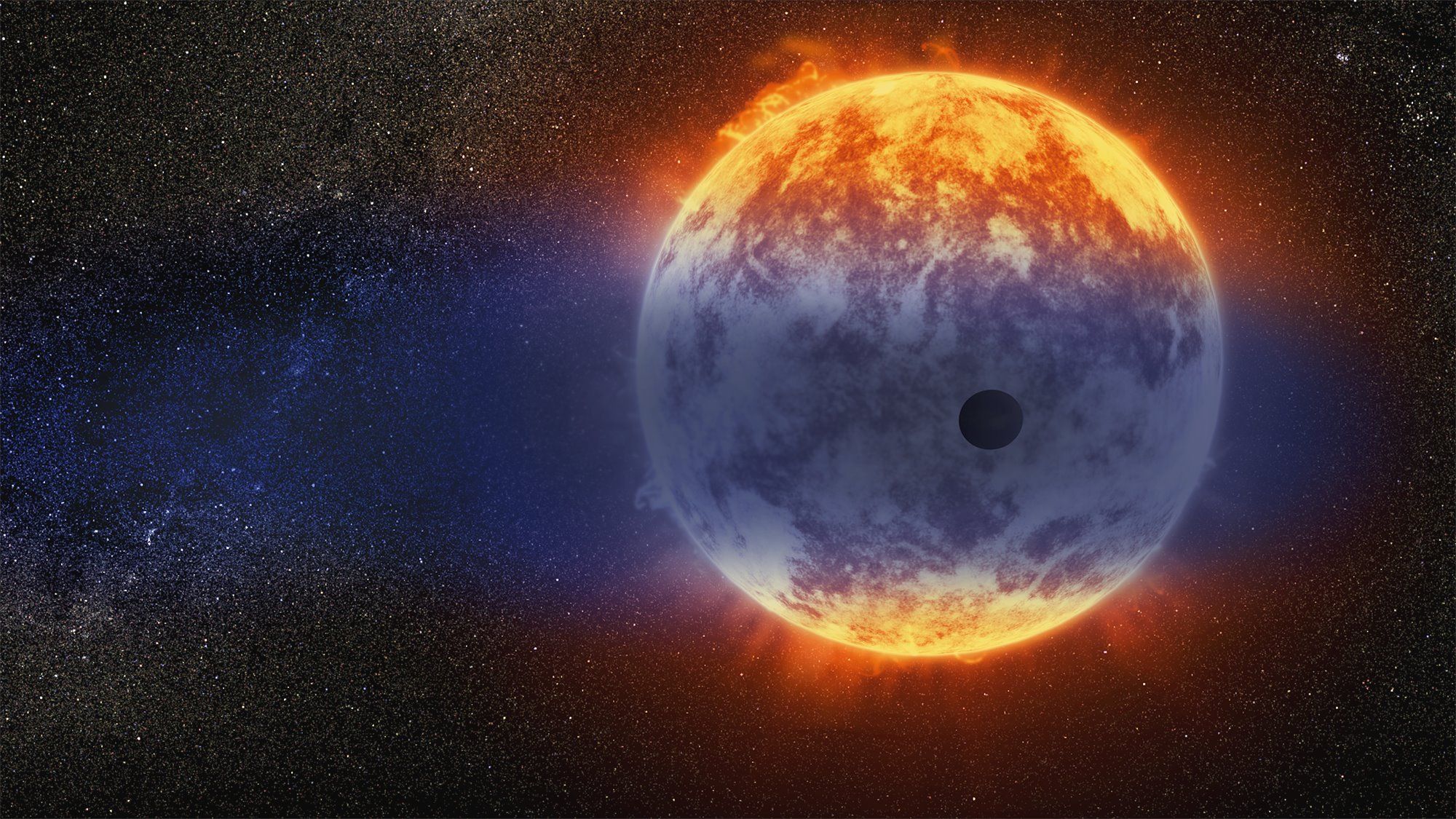
NASA’s Hubble Space Telescope spotted a rare, medium-size “hot Neptune” planet in a solar system far beyond our own. Why are there so few exoplanets of this size? Some clues: the planet orbits very close to a young star, and its atmosphere is evaporating rapidly from the blistering radiation. https://go.nasa.gov/2rBCwW4